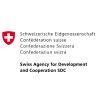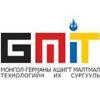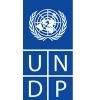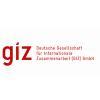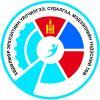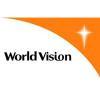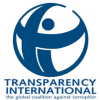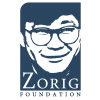.png)
About the research
The Independent Research Institute of Mongolia (IRIM) has been conducting the ‘Monitoring of Transparency in Websites of Government Agencies’ monitoring research since 2010, with an aim to assess the transparency of government agency websites. We have been conducting this monitoring research for it to be a benchmark for government agencies to use to improve their websites based on the results of whether their websites have improved or not. In 2019, with an aim to improve our assessment into an international methodology, we developed the ‘Digital Transparency Index’ (DTI) of government organizations. Within this initiative, the first pilot was successfully conducted in Mongolia and Kyrgyzstan.
This assessment evaluates the digital transparency of 72 government organizations of Mongolia with the newly developed index. Each government organization has been assessed based on their current digital transparency and the results show by index.
Methodology of index
The DTI contains 3 domains.

The first: Enabling environment domain looks into the general legal and policy environment within the country. For this domain, our researcher has developed the results based on analysis on legal documents related to public rights to information. This result is applied to all organizations of Mongolia.
The second: Organizational capacity domain focuses on the ability of organizations to maintain transparency. This domain examines whether the organization has (i) a procedure for disclosing operational information; (ii) the availability of human resources that will disclose information; (iii) the ability to create and maintain an open database; and (iv) the skills in using digital tools in disclosing and communicating information. The data for this domain was collected by interviewing the government official in charge of the relevant subject within each organization.
The third: Digital disclosure domain focuses on the conventional aspect of transparency – volume and extent of the disclosed information through digital tools/channels. In assessing the digital disclosure domain, the extent of the disclosed information is evaluated based on whether its’ content meets the regulations of the Law on Right to Information and Transparency. The results for this indicator were calculated based on our researcher’s data collected from information searched within the websites of each organization.
In the DTI, the three domains are equally weighted, so that each of them receives a 1/3 of weight. The domains also consist of 3 sub-domains and the sub-domains consist of indicators that are calculated based on their contribution.
Interpreting the Index results
DTI 2019 Results of Mongolia
The index results have been summarized for the 72 official government organizations of Mongolia. A total of 12 ministries, 17 implementing agencies, 9 regulatory agencies, 19 aimag governor`s office, 7 district governor`s office and 9 parliamentary organizations are included. The consolidated score of the digital transparency index is 0.612 at the national level, indicating that digital transparency in government organizations is generally moderate. Specifically, there are fundamental documents relating to the creation and improvement of digital transparency in government organizations of Mongolia, but it is possible to conclude that policies and strategies are not feasible, and the implementation is weak. Also, there are procedures, resources, and responsibilities for the publication of public information in the public sector, while strengthening the capacity to sustain transparency at some point is still needed.
If you would like to see the report of this assessment and the report of the previous studies, please find the report on the following website link. The reports include the methodology of the study, sample, general results of Mongolia and the results of each organization ranked.
Reports of the digital transparency of government organizations: http://irim.mn/web-monitoring
.png)

.png)
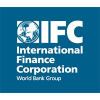
.png)
.png)
.jpg)


